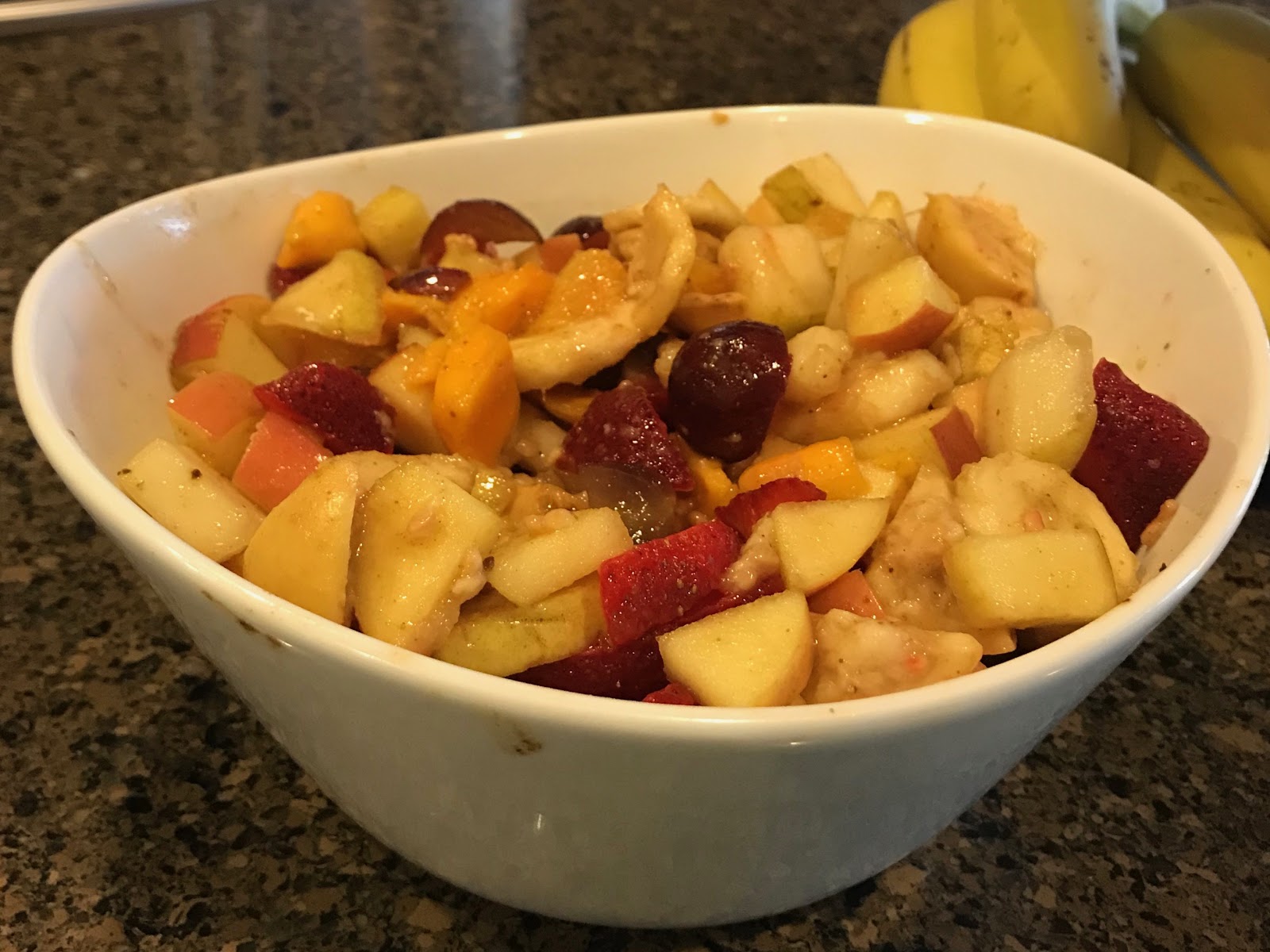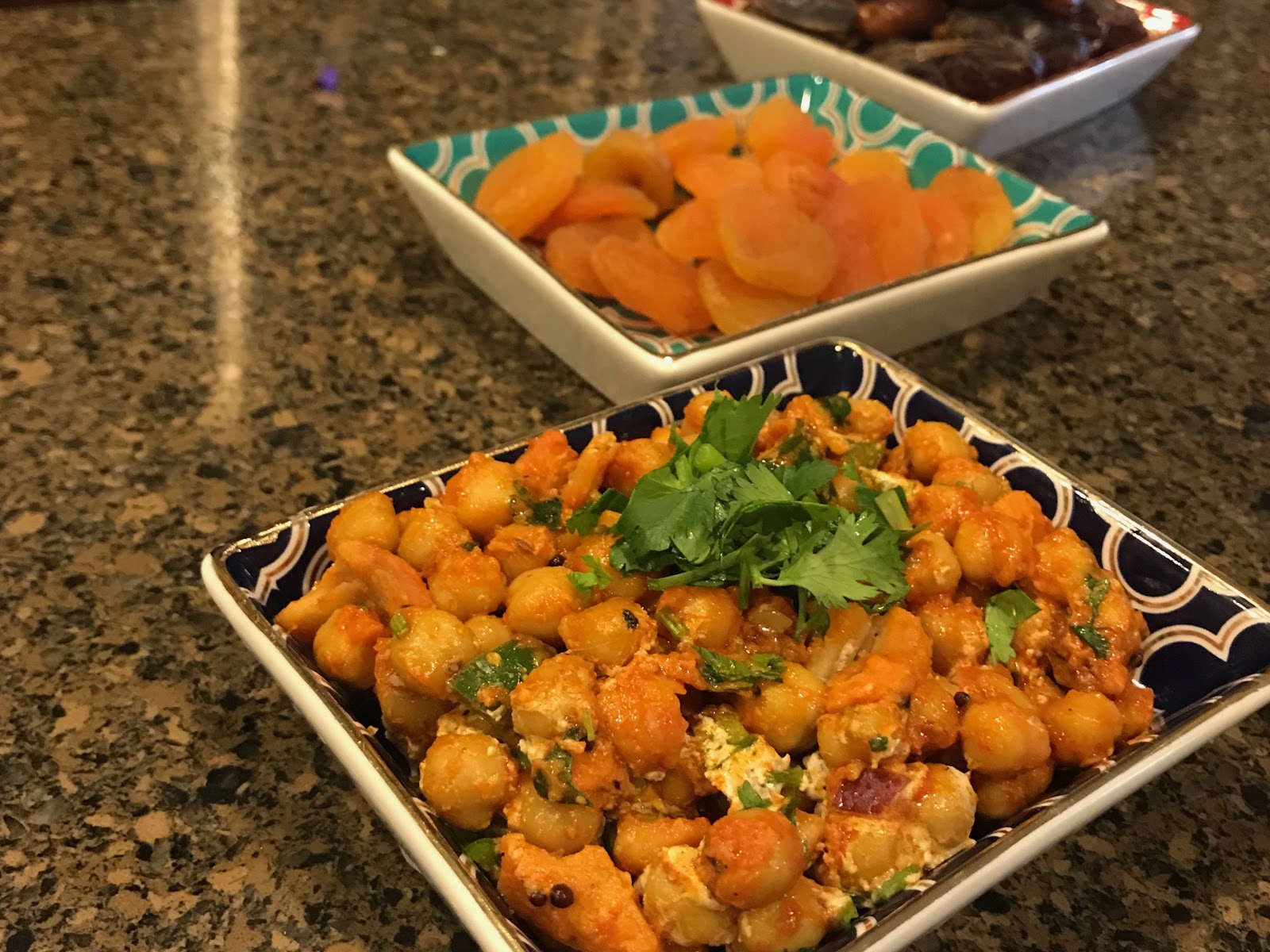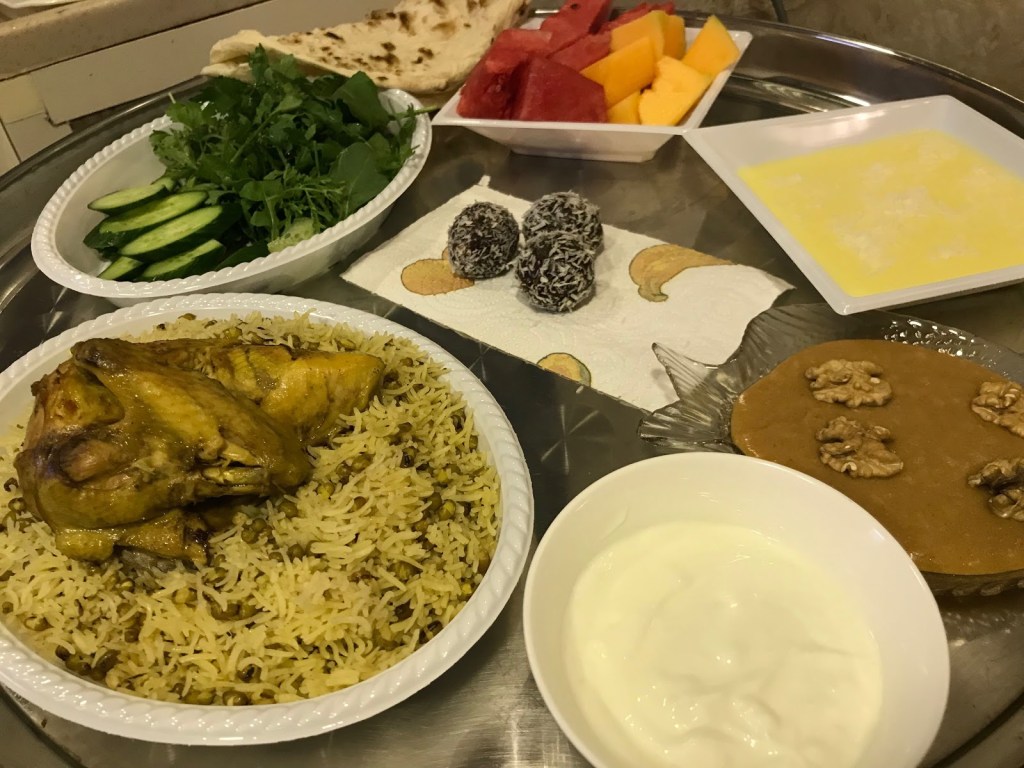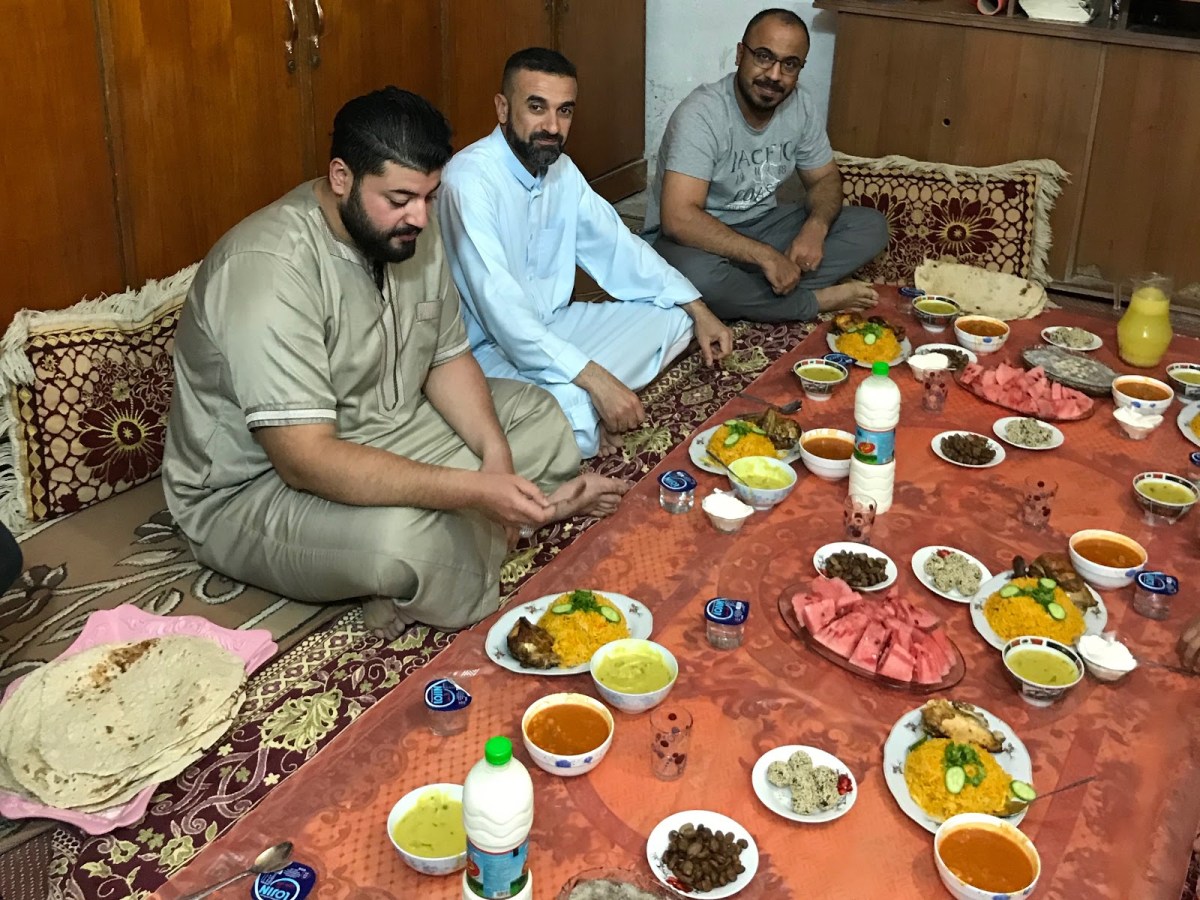During the Islamic holy month of Ramadan, two families— the Qureshi-Rehmans in Florida and the Ibraheems in Iraq—have been documenting their Ramadan experience on our Instagram stories.
As Ramadan draws to a close on June 4 (or when the moon is seen), we asked both families to share some of their favorite Ramadan recipes.
Consider making these meals with your family as a way to experience a different culture and tradition. Or invite neighbors and friends over to make and share in the meal with you!
Ramadan is a holiday of fasting and spiritual focus, but it’s also about community and generosity. Whether you are Muslim or not, you can join in the celebration of family and food alongside others.
Related: A Non-Muslim’s Guide to Ramadan
Saadia Qureshi
Ramadan is often rich in food, because, after fasting all day, taking that first bite is a very beautiful thing. You really appreciate the food, and you feel like you have really earned it.
In my Pakistani culture, iftar meals (the food that you break your fast with) are usually snack foods—some fried, and most are spicy and mouth-watering. Think appetizers gone wild or the best tapas you’ve ever had.
Common foods are samosas (fried empanadas filled with spiced meat and/or potatoes), savory turnovers, spring rolls, onion fritters, and yogurt dumplings. But my all-time favorite iftar foods are chohle chaat (chickpea salad) and fruit chaat (fruit salad). Both are spicy!
Growing up, a staple of my family’s iftar meal was fruit chaat. Everything else would rotate, but fruit salad was always present, adorned with apples, grapes, mangoes, pears, and whatever other fruits my mom had on hand. And always bananas. My mom said it was her “secret” to a good fruit salad—it makes it sweeter and heartier. Mom uses more bananas when they are about to go bad because she doesn’t want to throw them away—which is funny because when I have bananas that are about to go bad, I make banana bread.
Another one of my family’s all-time favorite dishes is chohle chaat, chickpea salad. Chickpeas are very popular in the part of Pakistan my parents migrated from. People love it as a snack, they love it as a salad, they love it in rice, they love it in chicken curry, and they make it into a flour to use in fritters.
My father could work magic with his chickpea salad. He never used a recipe. After he passed, I worked hard to recreate his same flavors—the chopped bell peppers, the onion, and cilantro.
Chickpea salad reminds me of Ramadan with my father. Now that I have the recipe written down, hopefully my children can recreate the memory when they get older.

Spicy Fruit Salad
- 1 apple, chopped
- 1 orange, chopped
- 1 pear, chopped
- 1 guava, chopped
- Handful of grapes
- Any other fruit you have on hand, chopped
- 2-3 Ripe Bananas
- ½ cup orange juice, fresh squeeze is prefered
- Salt and pepper (to taste)
- Chaat Masala (available at your local South Asian grocer. Or make your own with ½ teaspoon cumin powder, ½ teaspoon coriander powder, ½ teaspoon chili powder, ¼ teaspoon pomegranate seed powder, ¼ teaspoon citric acid, ¼ teaspoon black salt)
In a bowl, combine the chopped apple with a little salt to soften them. Let it sit for 10 minutes. Then add the other fruits, along with the remaining ingredients. Give it a good stir. Enjoy!

Chohle Chaat – Spicy Chickpea Salad
- 2 cans chickpeas, drained
- ½ green bell pepper, chopped
- ½ onion, chopped
- 10 curry leaves
- ½ cup plain yogurt mixed with 1 tsp. chaat masala
- 1 4-oz. can of tomato sauce
- ¼ teaspoon cumin seeds, mustard seeds, black seeds
- 2 dried red chilis
- 2 cloves garlic, sliced thin
- 1 teaspoon garlic-ginger paste
- ½ teaspoon red chili powder
- ¼ teaspoon turmeric
- ¼ cup canola oil
- Salt as needed
- Coarsely crushed potato chips (optional)
- Cilantro
Heat canola oil in a pan over medium heat. Add cumin and mustard seeds, black seeds, dried red chilis, curry leaves, and sliced garlic. Stir constantly until seeds splutter and garlic is a light brown color. Add can of tomato sauce and stir. Add in garlic ginger paste, red chili powder, turmeric, and salt. Stir constantly for 1-2 minutes. Add canned chickpeas and turn heat to low. Simmer for 10 minutes. Remove from heat and let cool, as this dish is supposed to be served at room temperature. Drizzle with yogurt mixture, green peppers, onions, and cilantro. Add potato chips if desired.
Ihsan Ibraheem
Every Ramadan, from the 19th day through the 21st day, Muslims celebrate Laylat al-Qadr, or the “Night of Power.” For Iraqis, especially those from Baghdad and southern Iraq, it is customary to make maash rice to share with neighbors, relatives, and the poor. During this time Muslims remember the death of Imam Ali by going to visit his shrine, or by praying in their homes, and often by making this dish and sharing it with others.

Maash Rice or Mung Beans with Rice
- 2 cups dried rice
- 1 cup dried mung beans
- 1 diced onion
- 3 tablespoons sunflower oil
- 1 teaspon salt
- 1 teaspoon black pepper
- 1 teaspoon cumin
- 2 cups boiling water
Pour the mung beans in the boiling water and let sit for 30 minutes.
In a large skillet over medium high heat, fry the onion in the sunflower oil until it is translucent. Add the salt, cumin, and black pepper and continue frying until the onion browns.
Drain the mung beans and add to the onion. Add the rice. Mix well. Cover with an inch of water. Bring to a boil and reduce to a simmer until all the water is absorbed. Remove from heat and let sit for a few minutes.
Serve topped with plain yogurt and/or chicken, lamb or beef. (Iraqis prefer chicken.)


